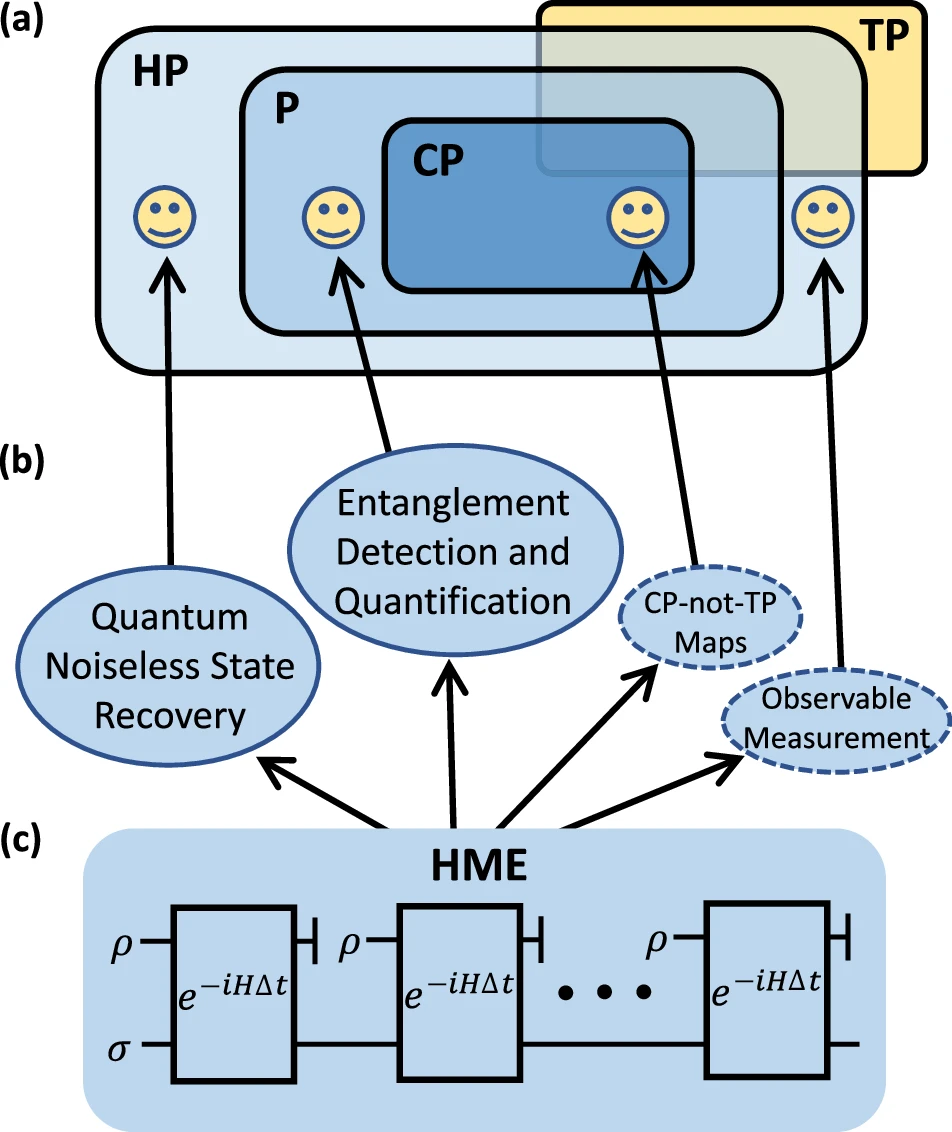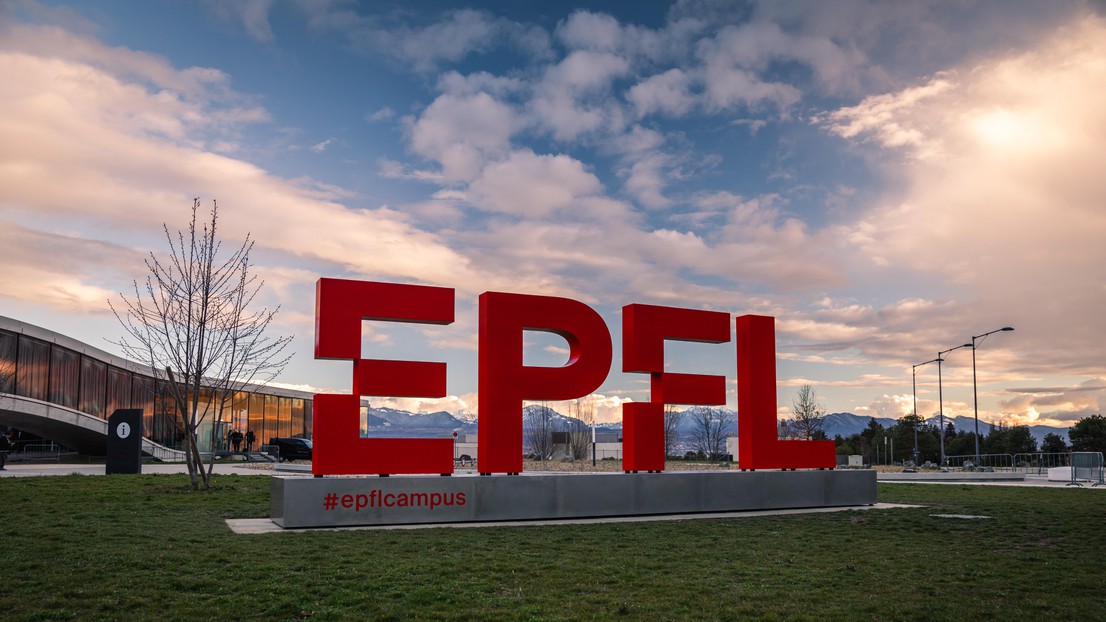So far physicists have developed Quantum Key Distribution (QKD), in which photons are transmitted. The process allows two parties to share, without risk of interception, a secret key used to encrypt and decrypt information. But to date this technique has been actually effective and secure only between two users.
A team at University of Bristol has applied entanglement principle to solve this problem: instead of having to replicate the whole communication system, this latest methodology, called multiplexing, splits the light particles, emitted by a single system, so they can be received by multiple users efficiently.
The team created a network for eight users using just eight receiver boxes, whereas the former method would need the number of users multiplied many times—in this case, amounting to 56 boxes. As the user numbers grow, the logistics become increasingly unviable—for instance 100 users would take 9,900 receiver boxes.
To demonstrate its functionality across distance, the receiver boxes were connected to optical fibres via different locations across Bristol and the ability to transmit messages via quantum communication was tested using the city’s existing optical fibre network.
The team’s unique system also features traffic management, delivering better network control which allows, for instance, certain users to be prioritized with a faster connection. (Phys.org)
The paper has been published in the Journal Science Advances.



